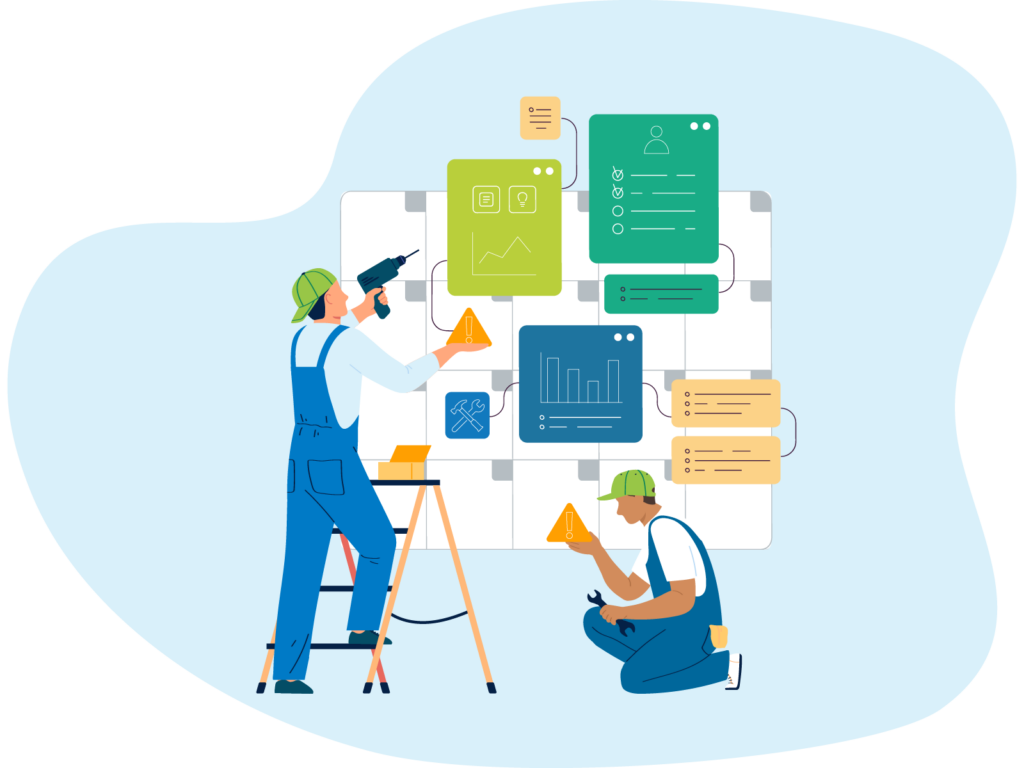We can work it out: software that enables collaboration
The property management industry has a diverse mix of communities spanning investors, occupiers and managing agents. From tenants, landlords, investors, suppliers and contractors – technology must cater to and work for all.
According to KPMG, 74 percent of Proptechs feel that technological innovation engagement across the commercial real estate industry increased over the course of last year. And yet, in the same report it was also revealed that only 13 percent of organisations feel that they are at the ‘cutting edge’ of PropTech. Perhaps this is caused by the common view that coordinating external relationships and exchanging information is complicated or restricted by too much red tape. Yet it’s clear from the highly capable technology available on the market today that this cannot be the case. In fact, it’s quite the opposite.
Collaboration is key to streamlining processes and ensuring that information can be shared between parties quickly and efficiently. Data such as exchange rates, credit ratings, property valuation indexes, customer and supplier data must all be available at the user’s fingertips, and accessible in accordance with data protection stipulations.
Software at the vanguard of the information revolution
As such, we’re rapidly developing into a paperless world. Instead, cloud-based online portals tailored to the end user are becoming the norm. During this shift, it’s important to remember that one size certainly does not fit all, and we have witnessed a rise in expectations from the industry demanding a personalised and digitally secure online experience. To keep up with the times, property management software must be adaptable and allow access to information intelligently; for example, data available to a property manager should look very different to that of, say, a managing agent. As ultimately, the two have very different needs.
Take sharing valuation information as an example. An ideal technology solution would take a snapshot of the current portfolio showing percentage occupancy, vacancy and rental metrics. This could then be shared directly with a valuer in a range of formats that can be easily uploaded to their system and then sent back for storing, maintenance and recording in the core database.
Aiding collaboration
A primary example of the departure from paperless to online – and technology facilitating the communication of tasks between multiple stakeholders – is workflow transaction management. Structured and proactive, business processes can be easily automated and passed seamlessly from one stakeholder to another. In addition, all parties will receive automated emails, texts, and other relevant content at defined stages of the process to keep them in the loop and pre-empt any queries they may have.
Why is this significant? Ten years on from the financial crash, the hangover is still there. The necessity for not only managerial oversight, but also complete transparency, governance and compliance of data, is desperately apparent. Bringing procedures such as workflow online has been fundamental in implementing these changes.
Discover the key trends and challenges impacting facility managers
From the adoption of new technologies to the need to adapt practices to suit today’s hybrid working requirements, Facility Managers are being asked to balance numerous responsibilities and priorities. Download our webinar that delves into the ever-ch…

